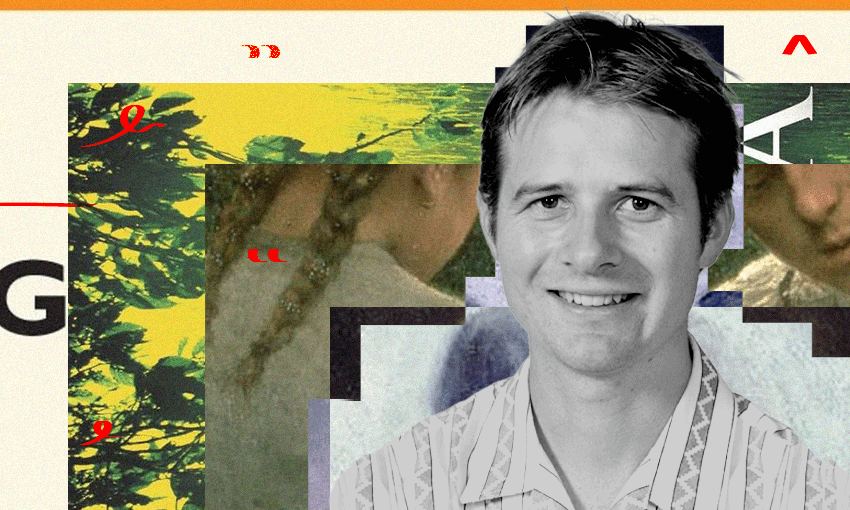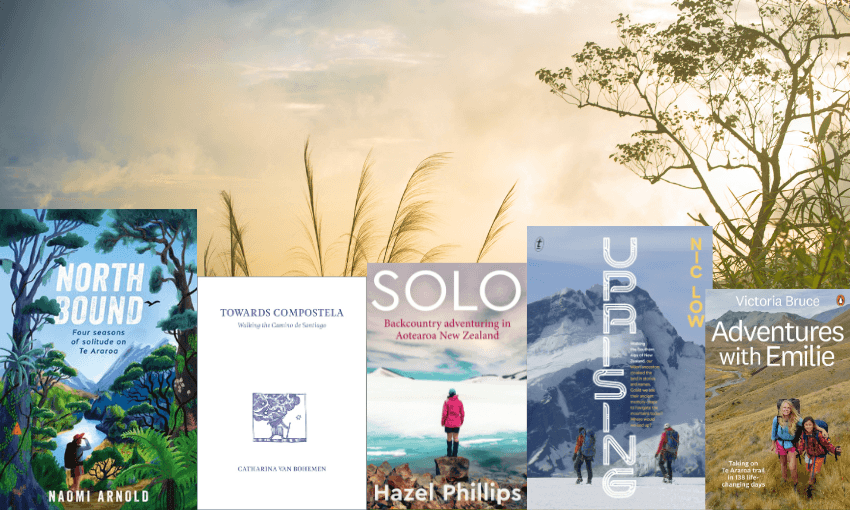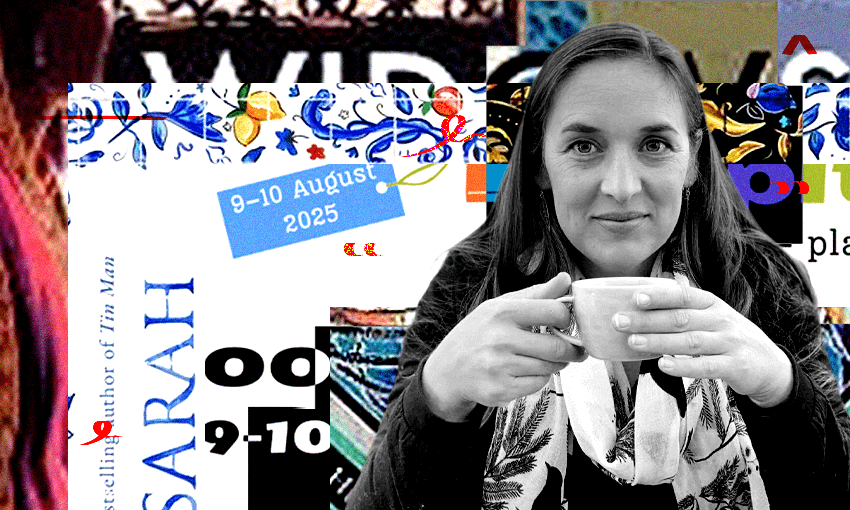Welcome to The Spinoff Books Confessional, in which we get to know the reading habits of Aotearoa writers, and guests. This week: Ross Calman (Ngāti Toa, Ngāti Raukawa, Kāi Tahu), author of The Treaty of Waitangi which is a finalist for the Elsie Locke Award for Non-Fiction at the 2025 New Zealand Book Awards for Children and Young Adults.
The book I wish I’d written
Gee, what a tricky question, there are so many great books, but each is so individual that it’s almost impossible to think about them being written by someone else, let alone by me! Without overthinking this one, I’m going to go for Heart of Darkness by Joseph Conrad. I have read this several times and always marvel at its perfection. There is not a word out of place and it builds inevitably to its devastating conclusion. And it blows my mind that English was Conrad’s third (or maybe even fourth?) language!
Everyone should read
New Zealand writers because they speak to us about what is important for us in this country now. I believe that focusing on our local communities is very important, especially in this time when there is so much trouble abroad in the political and environmental spheres.
The book I want to be buried with
Maybe not actually buried with, but a book I have a lot of fondness for is Sons and Lovers by D.H. Lawrence. It’s a book that meant a lot to me when I was aged 18–21. I haven’t read Lawrence for a long time and doubt it would have the same impact on me now as I am at a different stage of life, but it is special because I read it when I had just left home and was finding myself as a person.
The first book I remember reading by myself
It may have been the Berenstains’ Bike Lesson, or this may be a memory that I am borrowing from my own children when they were small and could “read” this book. Either way, it is a brilliant book with wonderful timeless humour – an absolute classic!
Fiction or nonfiction
I am totally on the fence, I love both and the boundary between the two is getting blurrier all the time! I was a judge for this year’s Ockham New Zealand Book Awards and had to read 55 non-fiction books towards the end of last year. Since then, I’ve read nothing but fiction to compensate, all by New Zealand writers, including Poorhara by Michelle Rahurahu, The Mires by Tina Makereti and Delirious by Damien Wilkins, all of which I have loved!
The book that haunts me
The Woman in White by Wilkie Collins. It is a compelling ghost story and mystery, and one of my all-time favourite books. The Moonstone by the same author is not far behind.
Most underrated book
Going West by Maurice Gee. I fricking love everything by Maurice Gee and particularly this book, but you never hear it being mentioned when there are discussions of New Zealand’s best novels, or even Maurice Gee’s best novels!
Encounter with an author
In 2000 I was in Dunedin for Aukaha Kia Kaha festival, a Ngāi Tahu arts festival. During the festival I was lucky enough to attend a writing workshop that was being run by Keri Hulme. I remember describing my ideal writing situation, how I had this vision of a cottage by the sea where I would be away from all the distractions of modern life and I would be able to write my masterpieces. Keri brought me thumping back to earth, saying that I was really just procrastinating, that as writers we need to find the time and space to write, wherever we happen to be. It was such good advice that I still follow now. Wherever I am now, I try to start my day with an hour of creative writing (or half an hour if I am pushed for time).
Greatest New Zealand book
The Bone People, without a doubt. No other book has stayed with me, as this one has, after first reading it more than thirty years ago. I have read it four times and I am looking forward to reading it again soon to find out what it says to me now, in my current phase of life and with the current state of the world.
Greatest New Zealand writer
I am going to go nonfiction and say James Belich. No other New Zealand writer has brought the past to life with such vibrancy and made it seem so vital. He has had a huge impact on my own career exploring the worlds of my tūpuna.
Best thing about reading
It’s a low-tech activity that you can do alone and in many different spaces: on the bus; waiting for a haircut; in a café; lying on the beach; lying on the couch.
Best food memory from a book
Midnight in Sicily by the Australian writer, Peter Robb. It’s a mix of mafia, recent and more remote Italian history, and Sicilian culture, with lashings of food and wine. I also recommend his A Death in Brazil, where he does the same thing for Brazilian politics and culture.
Best place to read
I used to love reading in the bath, but now that I wear glasses, this is not so practical, as they fog up. I also love reading while on holiday, at a bach or even in a tent. I walked Te Araroa for two months over the summer of 2023/24 and I used to love the half an hour or so at the end of each day lying in my tent reading. Sometimes I was so tired though, that I could only manage a few pages.
What I’m reading right now
Owen Marshall’s short story collection, Return to Harikoa Bay, and I’m absolutely loving it. Each story is a perfectly constructed artefact, a tiny world that it is fun and stimulating to inhabit. They are the perfect length to read at bedtime.
The Treaty of Waitangi by Ross Calman ($30, Oratia Media) is available to purchase through Unity Books.






